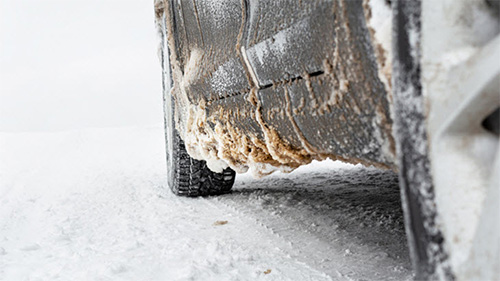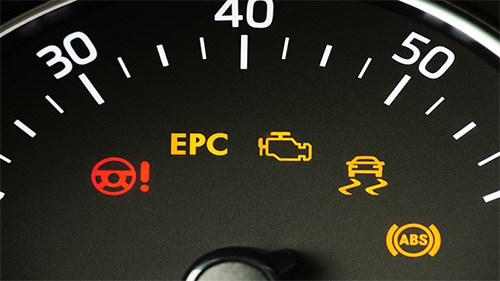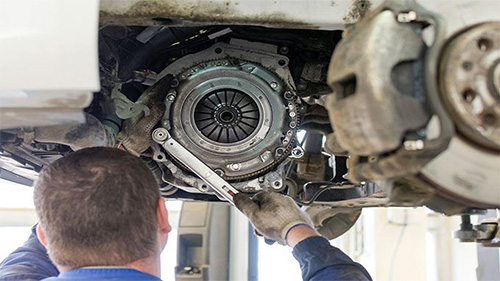Undercarriage Cleaning Hacks to Erase Winter Salt Damage

Winter is often a challenging season for drivers. While the snow and ice make roads slippery and hazardous, the widespread use of road salt helps keep them safer by melting ice and improving traction. However, this essential winter safety measure comes with a hidden cost to your vehicle — particularly to its undercarriage. Salt can cause significant corrosion and rust, leading to costly repairs and compromising the overall safety and longevity of your car. Fortunately, with proper care and effective cleaning strategies, you can protect your vehicle and keep it running smoothly through every winter season.
The Hidden Perils of Road Salt on Your Car
Road salt is a powerful chemical agent that aggressively accelerates the rusting process on exposed metal surfaces. Particularly at risk is your car's undercarriage, which is the section beneath the vehicle that contains vital parts including the frame, suspension, brake lines, and exhaust system. Many automobile owners are often unaware of the accumulation of salt in these unseen places.
Your car's structural integrity may be weakened and costly damage may result if the salt is allowed to corrode metal components. Brake lines may rust and fail, suspension components can weaken, and the vehicle’s frame may develop dangerous rust spots. For these reasons, experts strongly recommend regularly cleaning the undercarriage, especially during and after the winter months when salt is used extensively on roads.
Effective Undercarriage Cleaning Techniques
1. Use a High-Pressure Rinse
One of the best ways to remove salt and debris from your car’s undercarriage is to use a high-pressure hose or pressure washer. The powerful spray can reach the nooks and crannies where salt often collects. Be sure to target wheel wells, suspension parts, and the exhaust system carefully.
While high pressure is necessary to dislodge stubborn salt, it’s important not to use excessive force that could damage delicate components. Ideally, perform this rinse every 10 days or so during the winter to prevent buildup.
2. Apply Salt Removers and Degreasers
After rinsing, applying a specialized salt remover or degreaser helps neutralize any residual salt that the water wash may not fully eliminate. These cleaning agents are formulated to chemically break down salt and protect metal surfaces from further corrosion.
3. Thorough Drying is Essential
Once you have washed away salt and grime, thoroughly drying the undercarriage is crucial. Trapped moisture can promote rust and accelerate corrosion, negating your cleaning efforts. Use a leaf blower or microfiber towels to dry the surfaces as much as possible, paying particular attention to hidden areas where water can pool.
4. Apply Protective Coatings
For maximum protection, consider applying an underbody protective coating before the winter season begins. These coatings act as a barrier, shielding your car’s undercarriage from salt and moisture. Additionally, regular waxing of your vehicle’s exterior creates a protective layer on painted surfaces, further helping to prevent salt damage.
Proactive Measures Beyond Cleaning
Cleaning alone isn’t enough to keep your vehicle safe from salt damage. It’s important to adopt additional preventative habits during winter:
Regularly Inspect Your Car’s Undercarriage: Periodic inspections can help you detect early signs of corrosion or damage. Catching rust early allows you to take action before the problem worsens.
Avoid Driving Through Deep Snow or Salt Puddles: These areas tend to have high salt concentration, increasing your vehicle’s exposure. Taking alternate routes or driving cautiously can reduce salt accumulation.
Wash Your Car More Frequently During Winter: Even washing the exterior more often helps prevent salt from sitting on your car and causing damage.
While winter road salt plays a vital role in keeping roads safe and drivable, it poses a serious risk to your car’s undercarriage if left unchecked. By following a regular cleaning routine, including high-pressure rinsing, salt remover application, thorough drying, and protective coatings, you can effectively erase salt damage and protect your vehicle.
Remember, a little preventive care during winter can save you from expensive repairs and extend the life of your car. Taking the time to clean and inspect your vehicle’s undercarriage is an investment in its safety and durability — and it’s well worth the effort when spring arrives and the roads are salt-free once again.
Recommended for you:







